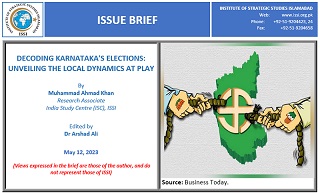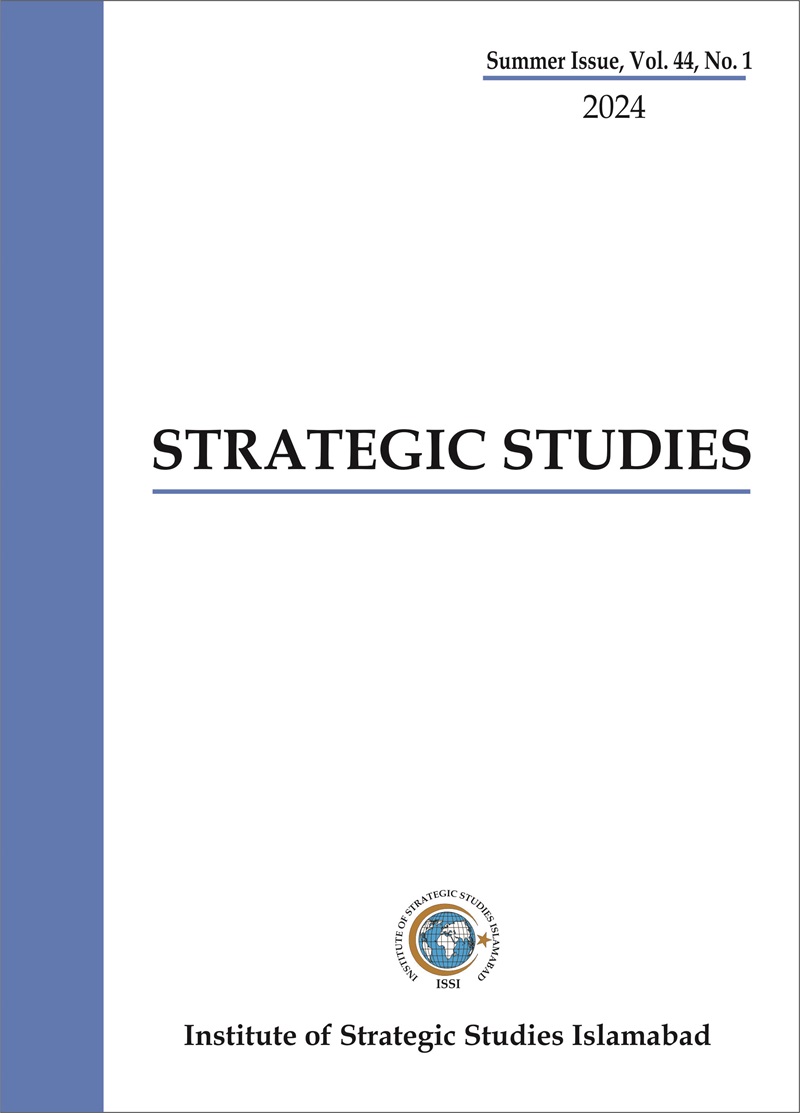Assembly elections in the Indian State of Karnataka are of significant importance for both the ruling party and the opposition in the context of the next Lok Sabha elections in 2024. The two upfront rivals are the Indian National Congress (INC) and the Bharatiya Janata Party (BJP). In the previous elections, BJP was able to win in the State Assembly and secure majority seats in Lok Sabha elections. This time, Congress appears to be placed in a better position because of a host of socio-economic, political, ethnic, and religious factors.
Karnataka is a southern state in India with a population of 69.59 million.[1] While for Lok Sabha elections, the state is divided into 28 political constituencies, for the State Assembly, there are 224 seats. While INC and BJP are the strongest parties in the contest, the Janata Dal (S) is considered ‘kingmaker’ as happened back in 2018. The BJP was in clear majority winning 104 seats out of 224, while Congress could win only 80 seats. It was the JD(S) that made Congress win with the help of their 37 seats. However, in 2019, 16 legislators resigned from Congress and two MLAs joined the BJP bringing the latter into power again.[2] For the State Assembly elections, Congress announced tickets for 223 candidates while not nominating anyone in Melukote as it is supporting a regional party Darshan Puttaiah of Sarvodaya Karnataka. For its part, BJP announced a list of 224 candidates.[3] The support of the regional parties remains floating and depends upon the benefit they can secure from the possible victor.















